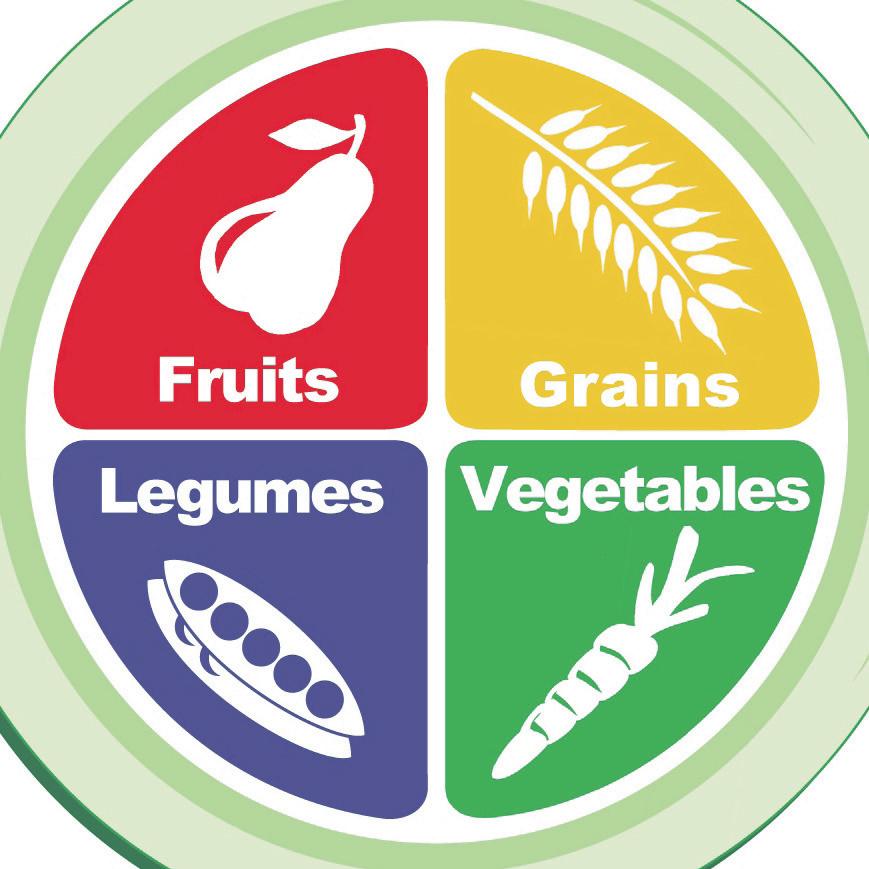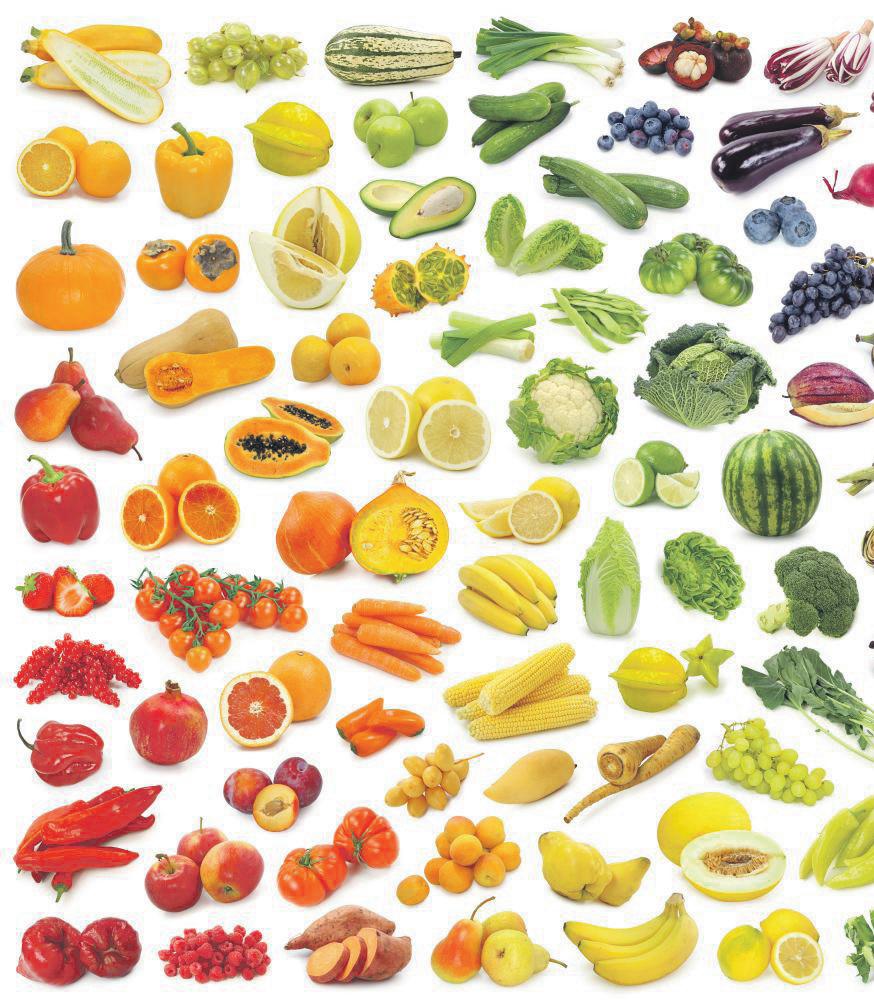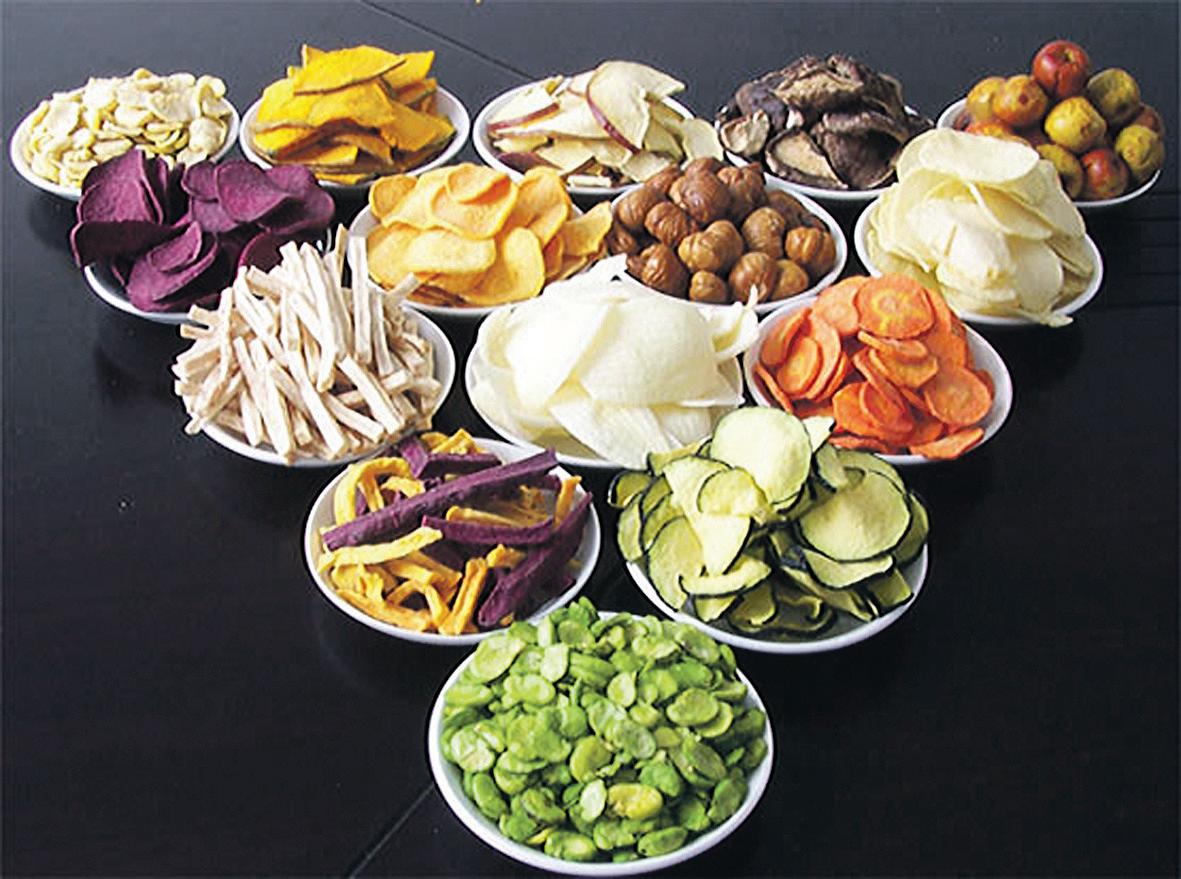
3 minute read
15 Tips for a healthy New year
from 2013-01 Sydney (1)
by Indian Link
After the holiday season, its time to get back into the routine of healthy living
y geeTA KHURANA

Most of us have ‘healthy eating’ or ‘losing weight’ as a New Year resolution, but it is easier said than done. Making such resolutions is easy, but it is more difficult to actually stick to these. But sometimes, even small changes go a long way in helping us maintain a healthy lifestyle. So let’s review healthy tips for the New Year and try to stick to as many as possible.
1 Try to follow ‘The Australian Guide To Healthy Eating’, the food selection guide that provides us with information about the types of food that need to be eaten each day to get enough nutrients essential for good health and well-being.
2 Include a variety of foods across and within the five food groups namely:
Bread, cereals, rice, pasta, noodles
Vegetables, legumes

Fruit
Milk, yoghurt, cheese
Meat, fish, poultry, eggs, nuts, legumes
3 Try to include all the food groups in your daily diet, as all these food groups are important. Skipping one or the other food group may lead to deficiencies and an unbalanced diet.
4 Do not skip any meal. Try to have small and frequent meals. Have 3 regular meals, and try to have 3 small in-between snacks.
5 Snacking is not always bad, if you choose the right foods to snack on. In fact, snacks can help to fill the gap between your meals and prevents you from having larger portions at meal times. Some examples of healthy snacks would be fruit, low fat yoghurts, nuts, dried fruits, salads, sprouts, etc.

6 Go for ‘2 & 5’, which means that you should try to have at least 2 serves of fruit and 5 serves of vegetables every day. It is good to include a variety of fruit rather than just sticking to one particular fruit, and also include a rainbow of vegetables i.e. those of all colours in your diet. Fruit and vegetables are among the healthiest of all foods with an abundance of vitamins, minerals, phytochemicals, fibre, and antioxidants. Eating a good combination of red, orange, yellow and green fruit and vegetables is a great way to ensure adequate levels of nutrition.
7 Include more of low GI carbohydrates in your diet.
The Glycemic Index ranks carbohydrate rich foods according to their glycemic response. Foods that raise your blood glucose level quickly have a higher GI rating than foods that raise your blood glucose level more slowly. The lower the rating of GI, the better the quality of carbohydrate. For example, choose wholegrain cereals and pulses such as multigrain bread instead of white bread.
8 Meat and poultry are an important part of our diet, but these are also sources of saturated fat. It is very important to look for lean cuts of meat to get the maximum benefit of iron and protein, and reduce the intake of saturated fat. Chicken breast is the leanest part of the chicken and is an excellent choice. Try to add some fish in your menu, as it is a good source of polyunsaturated or ‘good’ fat.
9 Oils and fats are an essential part of our diet and should not be ignored, but should be had in moderation. Include monounsaturated or polyunsaturated fats rather than saturated fats such as butter, ghee, and cream. Monounsaturated fat is found in foods such as avocados, almonds, cashews, peanuts, and cooking oils made from plants or seeds such as sunflower, canola, soybean, olive, sesame and peanut. Polyunsaturated fat (omega-6) is found in foods such as fish, margarine, linseed, sunflower and safflower oil, pine nuts and Brazil nuts Polyunsaturated fat (omega-3s) is found in oily fish such as tuna, salmon, sardines and blue mackerel, as well as walnuts and linseed.
10
When eating out, try looking for lighter options and where possible, choose steamed, poached, boiled or baked foods rather than those that have been fried. Many restaurants have lighter options on their menus these days, some have lowfat options and some even offer low-carb foods. Also, try to share an entree or dessert with a family member and order smaller sizes of portions high in fats such as fries, chips or fried chicken. Try to choose healthier side orders such salads and corncobs.
11 Do not keep goodies that you cannot resist in your pantry. Instead, substitute these with healthy snacks such as nuts, unsalted popcorns, yoghurt and fruit. Keeping chocolates, lollies, soft drinks and other tempting goodies at home makes eating them inevitable.
12 Keep goodies as ‘treat’ foods for birthdays, parties and festivals.
13 Drink alcohol in moderation, not more than four standard drinks in a day for men, and not more than two standard drinks in a day for women. And try to keep at least two alcohol-free days in a week. Drink water between alcoholic drinks to avoid dehydration.
14 Water should always be the drink of your choice, especially during hot weather and while exercising. Have at least 2 litres of water every day. Avoid high kilojoules drinks such as soft drinks and cordials.
15 Prepare a sensible exercise routine to stay healthy. If you live within walking distance of the shops, walk there instead of driving, or walk your kids to school. Walk for at least half an hour daily, instead of watching TV. Going for a half-hour walk can help you de-stress, clear your mind and set you up for a relaxing evening and a great night’s sleep.









